
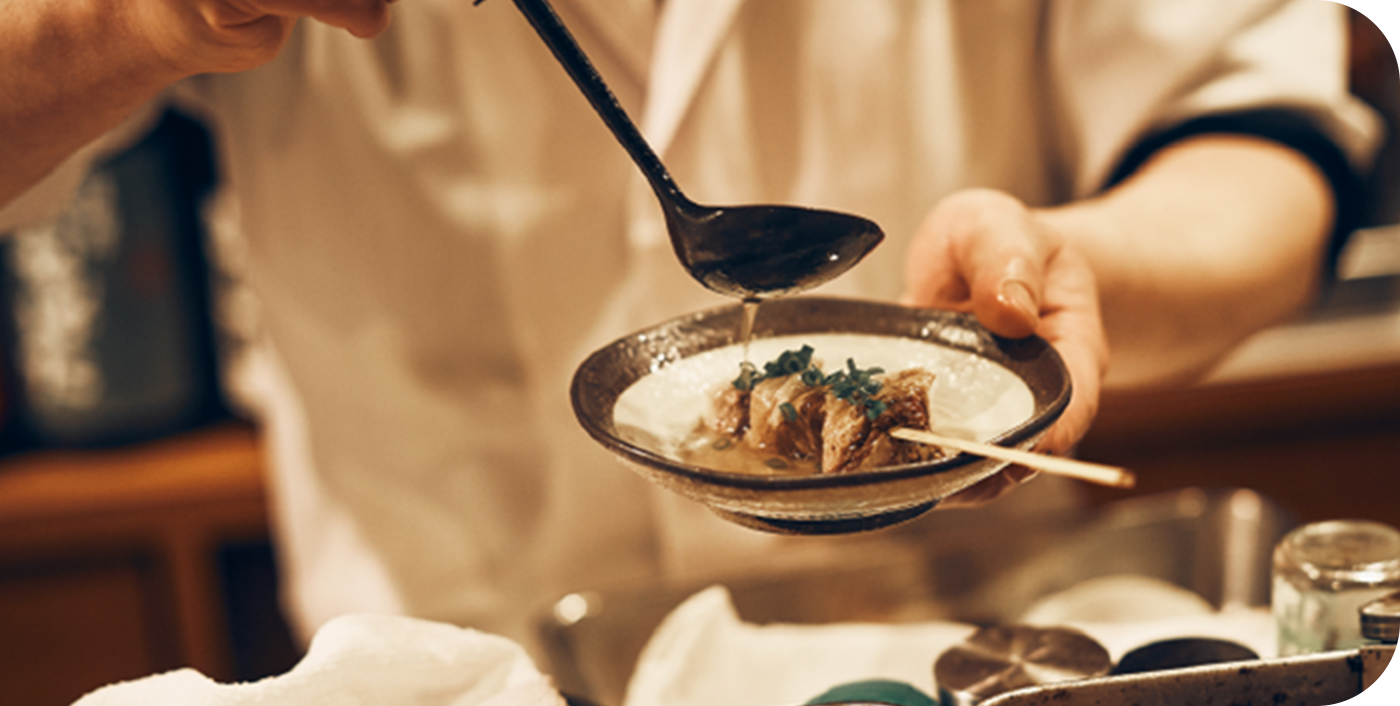
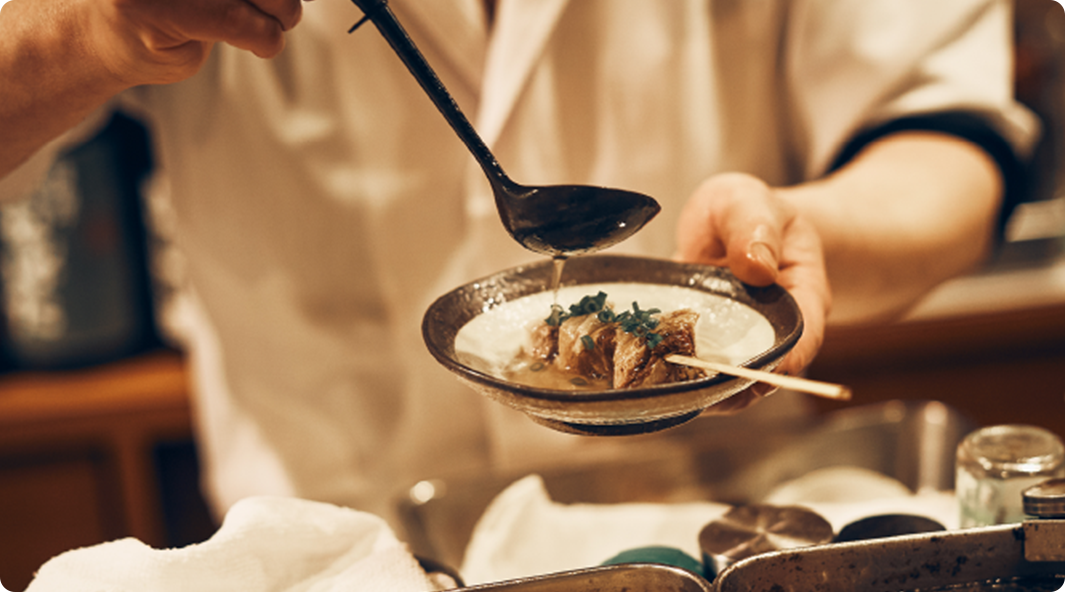
ABOUT
Influenced by the Buddhist Zen practice that was introduced during the Heian Period, Japanese traditional cuisine was first centered around a vegetarian diet. Oftentimes, dashi or Japanese soup stock, was used to add taste to ingredients such as soy beans and other vegetables that had a bland taste. This was when dashi became an essential part of the Japanese traditional cuisine. Since then, seasoning in Japanese cooking has continued to evolve over time. There are 7 main condiments used to bring out the various traditional Japanese flavors: sugar, salt, vinegar, soy sauce, miso, sake, and mirin (sweet cooking sake).

Soy Sauce
Soy sauce is a typical Japanese seasoning made from soybeans and other grains. It has a very rich history, with records showing that its ancestor "Hishio" was already being made in the 8th century.
Over the next several centuries, it evolved and by the Edo period (17th-19th century), soy sauce, which tasted and looked almost the same as it does today, was well established among the general public.
Characterized by its mild saltiness and mellow scent, soy sauce has become an irreplaceable part of Japanese cuisine.
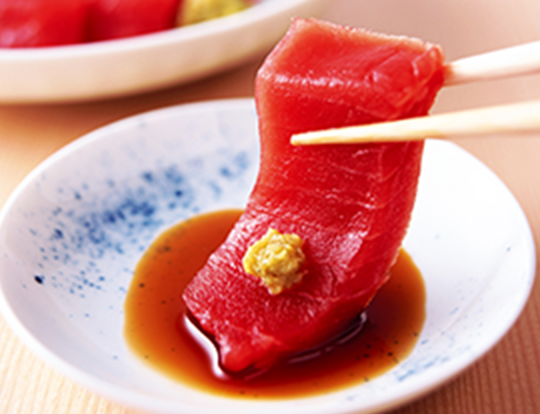
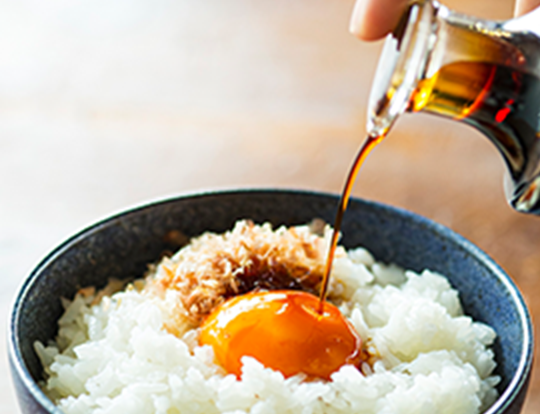
-
Overview・History
Soy sauce is a typical Japanese seasoning made from soybeans and other grains. It has a very rich history, with records showing that its ancestor "Hishio" was already being made in the 8th century. Over the next several centuries, it evolved and by the Edo period (17th-19th century), soy sauce, which tasted and looked almost the same as it does today, was well established among the general public.
Characterized by its mild saltiness and mellow scent, soy sauce has become an irreplaceable part of Japanese cuisine.How-toSoy sauce is used for seasoning for dishes such as simmered dishes and soups, and is also used as a "sauce" to dip or pour over finished dishes such as grilled fish, sashimi, and sushi.
Not only does it add a deep saltiness to dishes, but it also removes the fishy smell of meat and fish, enhances the sweetness of ingredients, and produces appetizing colors and smell when heated.Variations-
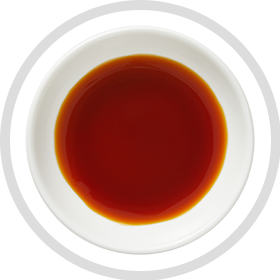
Dark Soy Sauce
-
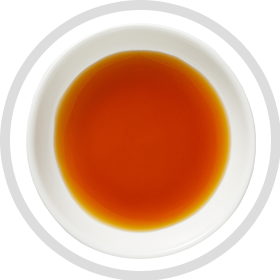
Light Soy Sauce
-

Tame Soy Sauce
-
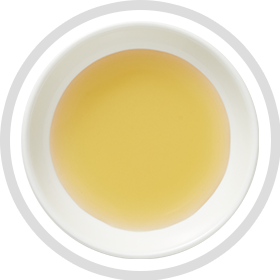
White Soy Sauce
-

Refining Soy Sauce
-

Mentsuyu
Mentsuyu, made by adding soy sauce, sake, mirin, sugar, and other seasonings to soup stock made from kelp, shavings, and etc., is a seasoning that has evolved along with the development of Japan's noodle culture.
It is now an essential ingredient in a variety of Japanese dishes, used not only as a dipping sauce for soba, udon, and tempura, but also as a seasoning for simmered dishes and rice bowls.
There is a straight type to be used as is and a diluted type to be mixed with water.

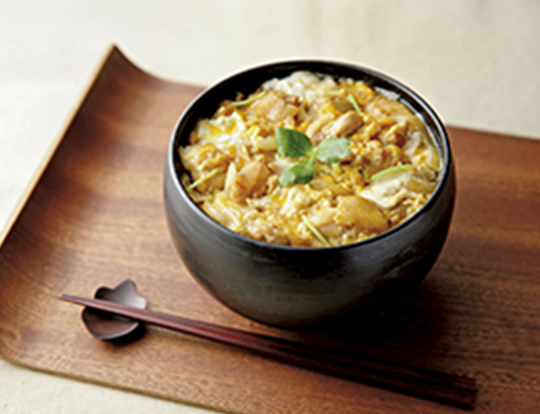
-
Overview・History
Mentsuyu, made by adding soy sauce, sake, mirin, sugar, and other seasonings to soup stock made from kelp, shavings, and etc., is a seasoning that has evolved along with the development of Japan's noodle culture.
It is now an essential ingredient in a variety of Japanese dishes, used not only as a dipping sauce for soba, udon, and tempura, but also as a seasoning for simmered dishes and rice bowls.
There is a straight type to be used as is and a diluted type to be mixed with water.How-toIt is commonly used as a dipping sauce for soba, udon, somen and other noodles, as well as for tempura and other dishes.
Since tsuyu contains soy sauce, sugar, mirin, and dashi, it is useful as a versatile seasoning that deepens the flavor of a wide range of dishes, such as Kinpira Gobo and Niku Jaga, and other stewed dishes, as well as Oyakodon, Katsudon, and other rice dishes.Variations-
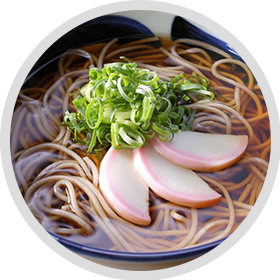
Soba Tsuyu
-

So-men Tsuyu
-
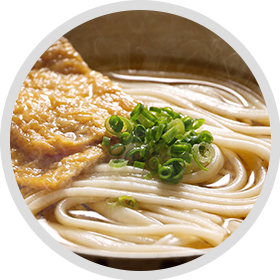
Udon Tsuyu
-
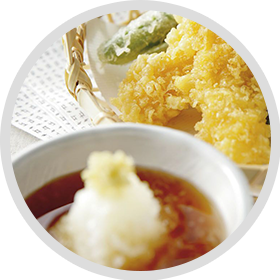
Ten-Tsuyu
-

Sauce
This seasoning was created by adapting Worcestershire sauce, which was brought from England with the opening of Japan to civilization in the 19th century, to Japanese tastes. It is made from several vegetables, fruits, spices, vinegar, and other ingredients.
There are many types of sauces specialized for cooking, such as Chuno sauce, which is mainly used as a "sauce" for deep-fried foods, Tonkatsu sauce for Tonkatsu (pork cutlets), Yakisoba sauce for Yakisoba, and Okonomiyaki sauce for Okonomiyaki.
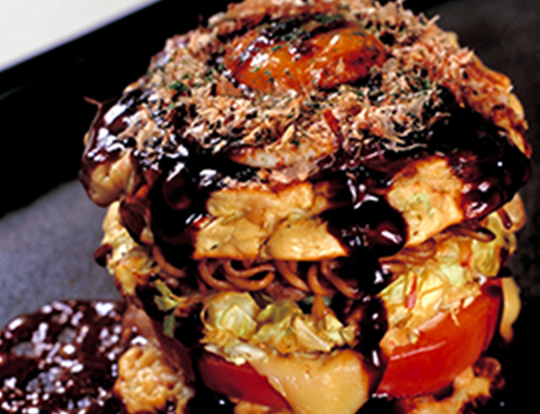
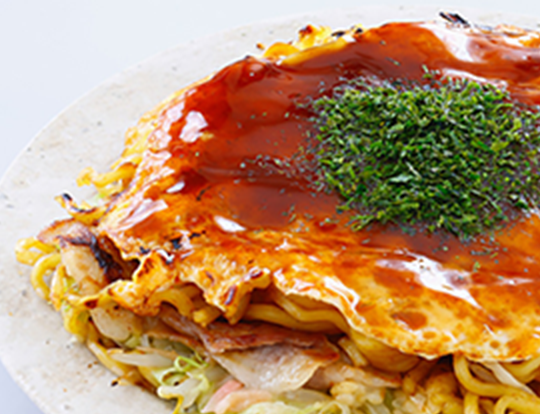
-
Overview・History
This sauce was created by adapting Worcestershire sauce, which was brought to Japan from England at the time of civilization, to Japanese tastes. It is made from a variety of vegetables, fruits, spices, and vinegar. There are many types of sauces that are specialized for use in various dishes, such as Chuno sauce, Tonkatsu sauce, Yakisoba sauce, Okonomiyaki sauce, and Takoyaki sauce, which are mainly used as "Tare” or “dipping sauces" for deep-fried foods.
How-toThis sauce was created by rearranging the British Worcestershire sauce, which was only used to add a few drops of flavor to dishes, into a seasoning to be "dipped or poured" like soy sauce. It is therefore generally poured over cooked dishes.
On the other hand, it is also widely used as a "secret ingredient" in curry rice, Japanese hamburgers, pasta sauce, and other dishes.バリエーション-

Chuno Sauce
-
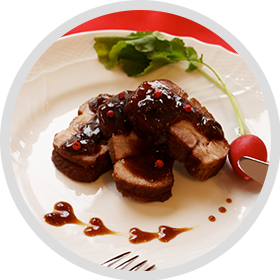
Worcestershire sauce
-
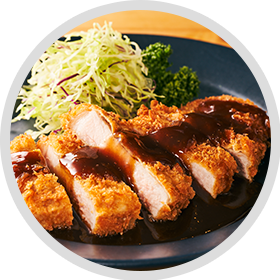
Tonkatsu Sauce
-
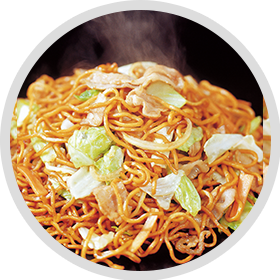
Yakisoba Sauce
-
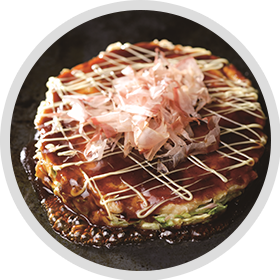
Okonomiyaki Sauce
-
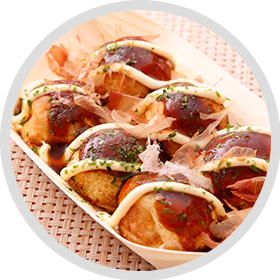
Takoyaki Sauce
-
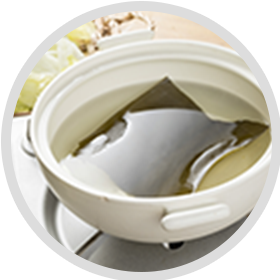
Dashi
A soup made by boiling kelp, dried bonito flakes, dried sardines, and etc., in water.
Its history goes back as far as the Nara period (8th century), when a document records that "dried bonito flakes (or some other ingredient believed to be bonito flakes) were presented to the Imperial Court.”
Dashi is the backbone of Japanese cuisine, as it adds “umami” to various dishes through the action of glutamic acid, inosinic acid, and guanyl acid, which are types of amino acids.
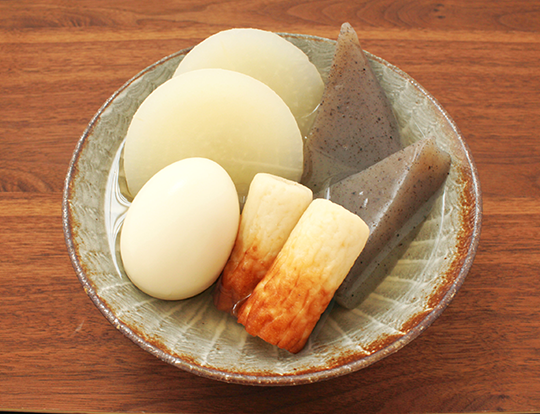
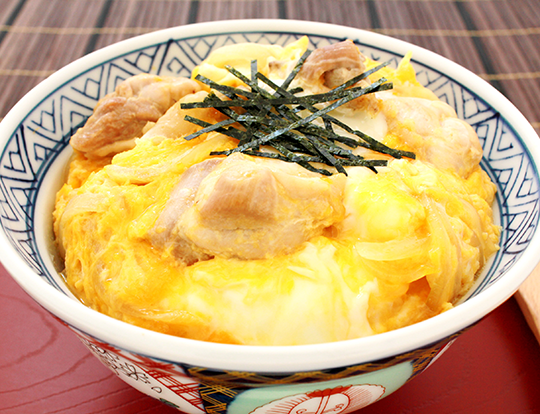
-
Overview・History
A soup made by boiling kelp, dried bonito flakes, dried sardines, and etc., in water.
Its history goes back as far as the Nara period (8th century), when a document records that "dried bonito flakes (or some other ingredient believed to be bonito flakes) were presented to the Imperial Court.”
Dashi is the backbone of Japanese cuisine, as it adds “umami” to various dishes through the action of glutamic acid, inosinic acid, and guanyl acid, which are types of amino acids.How-toDashi is used in various dishes such as miso soup, soup, simmered dishes, Takikomi Gohan, and Dashimaki Tamago (rolled egg), but it is also used as a base for "tsuyu" for soba, udon, and somen noodles when combined with soy sauce, sugar, and mirin.
On the other hand, the dashi broth's flavor can compensate for the saltiness of dishes, and in recent years it has attracted attention as a seasoning that can help improve health.Variations- Konbu Dashi
- Katsuo Dashi
- Iriko Dashi
- Ago Dashi
- Shiro (white) Dashi

Miso
A paste-like seasoning made by fermenting and aging steamed (or boiled) soybeans with malted rice and salt.
There are various theories as to its origin, but the most popular theory is that it developed in Japan based on the ancient Chinese seasoning "Hishio" (soy sauce).
There are "rice miso," "barley miso," and "soy miso" depending on the koji mold used, and miso is further classified into "sweet miso," and "spicy miso" by taste, and "aka (red) miso," "light miso," and "shiro (white) miso" by color.
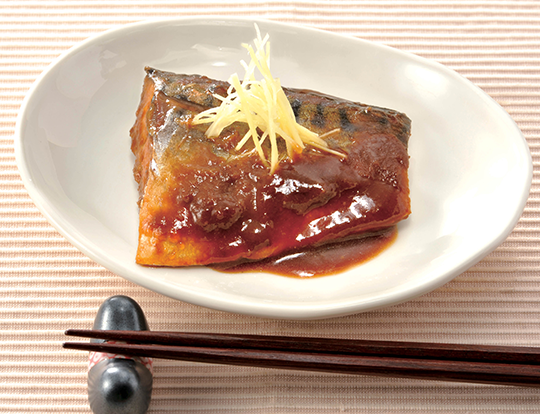
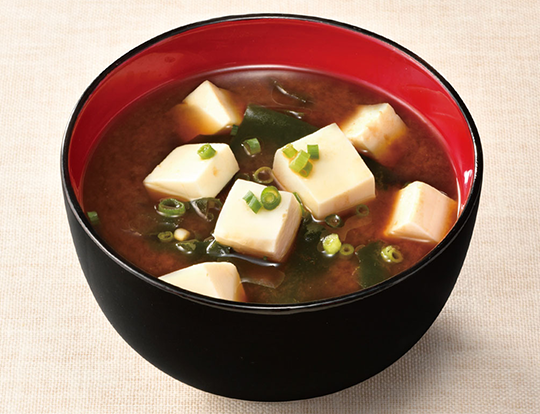
-
Overview・History
A paste-like seasoning made by fermenting and aging steamed (or boiled) soybeans with malted rice and salt.
There are various theories as to its origin, but the most popular theory is that it developed in Japan based on the ancient Chinese seasoning "Hishio" (soy sauce).
Miso can be classified into "Kome (rice) miso," "Mugi (barley) miso," and "Mame (soy) miso" depending on its ingredients. It can also be classified into "Ama (sweet) miso", "Ama-kuchi (mild) miso", and "Kara-kuchi (spicy) miso" according to taste, and "Aka (red) miso", "Awa-iro (light) miso", and "Shiro (white) miso" according to color.How-toMiso soup is a widely popular Japanese cuisine. It is made by mixing miso paste with soup stock made from dried sardines (iriko) and dried bonito flakes, and adding vegetables, tofu, wakame seaweed, shijimi clams, and other ingredients of your choice.
In addition to miso soup, miso is also used to flavor a variety of other dishes, such as "mackerel stewed in miso" in which mackerel is simmered with miso, sugar, mirin, and other ingredients, and "miso stewed udon" in which udon noodles are stewed in miso-dissolved broth.Variations-
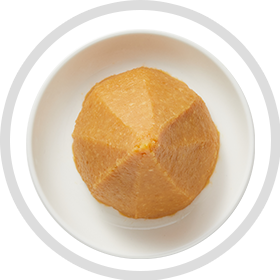
Rice Miso
-
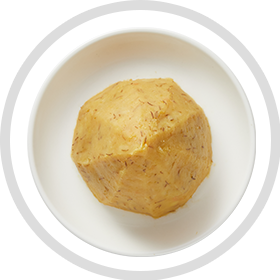
Barley Miso
-
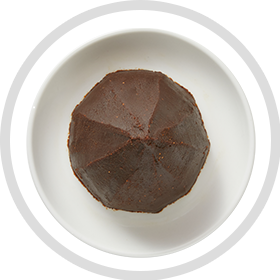
Soy Miso
-
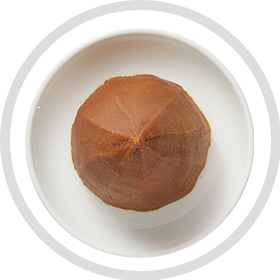
Mixed Miso
-


